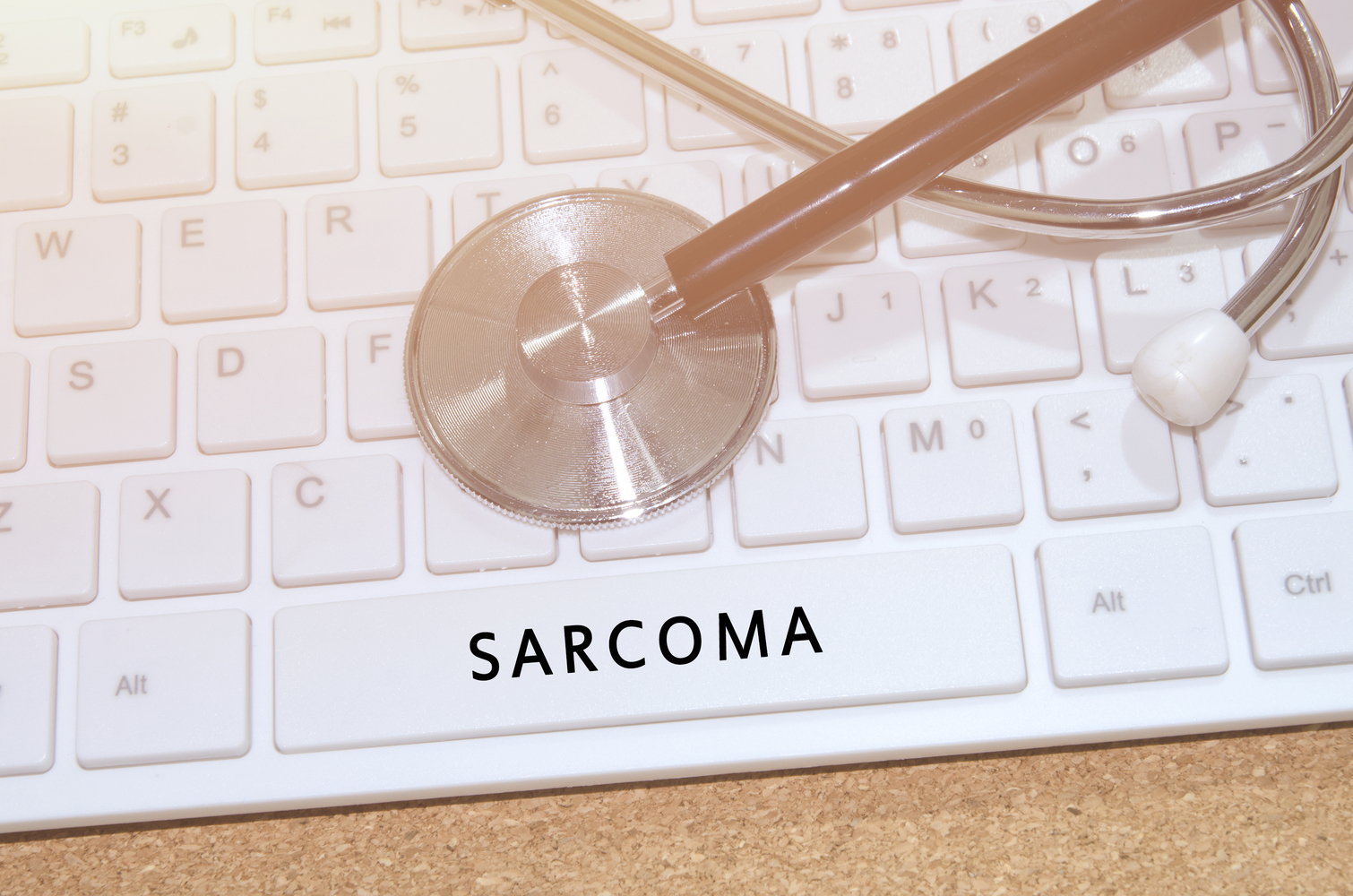
Common Symptoms of Sarcoma
Sarcoma is a type of cancer that mainly occurs in the soft tissues of the body. Usually it develops in the arms and legs, and mainly in men and women over the age of fifty. Causes of soft tissue sarcoma include a weak immune system, being exposed to industrial chemicals, or sometimes prior radiation therapy to treat a different type of cancer. Some risk factors include other genetically inherited conditions (i.e., Li-Fraumeni syndrome and Retinoblastoma).
Common symptoms of sarcoma include:
1. A new lump
This is one of the main symptoms of soft tissue sarcoma. It can cause increased pain if it occurs next to or on a nerve or muscle. This will cause alarm in patients, but only also cause pain if the lump begins to grow on or next to a nerve or muscle.
2. Swelling
This is likely to occur after the lump has formed, but not always. Usually it occurs when the tissue is formed on the arms or legs. It will look like it is occurring under the skin, unless there are skin lesions as described below. This is likely to cause pain, but not always.
3. Abdominal pain
This is when soft tissue sarcoma in the abdomen. This would be considered as more increased abdominal pain than normal, especially if the patient is a woman. It is likely to become worse as time goes on without any treatment being applied towards the tissue growth.
4. Blood in stool
Blood in stool is also another symptom of soft tissue sarcoma, especially when it occurs in the abdomen. This could also be a result from blockage or bleeding of the stomach or bowels. This will likely cause alarm and pain in patients.
5. Vomiting
This is also a symptom for abdominal tissue lumps. Some patients may or may not vomit blood, or just vomit normally. This depends on the severity of the tissue growth, and the patient themselves because a disease affects everyone differently.
6. Decreased mobility
When the tissue growth is located in the hands, shoulder, hip, or knee, it may or may not cause decreased mobility. This can affect the patient in that they will need help getting around or experience pain when they move or attempt to move around.
7. Skin lesions
This is when the tissue growth becomes visible on the outside of the patient’s body. Depending on the severity of the tissue growth, it could be covering a small or large area of the body.



